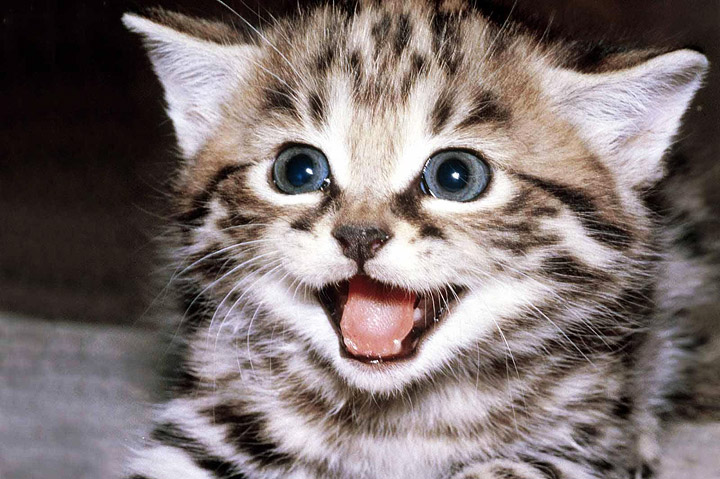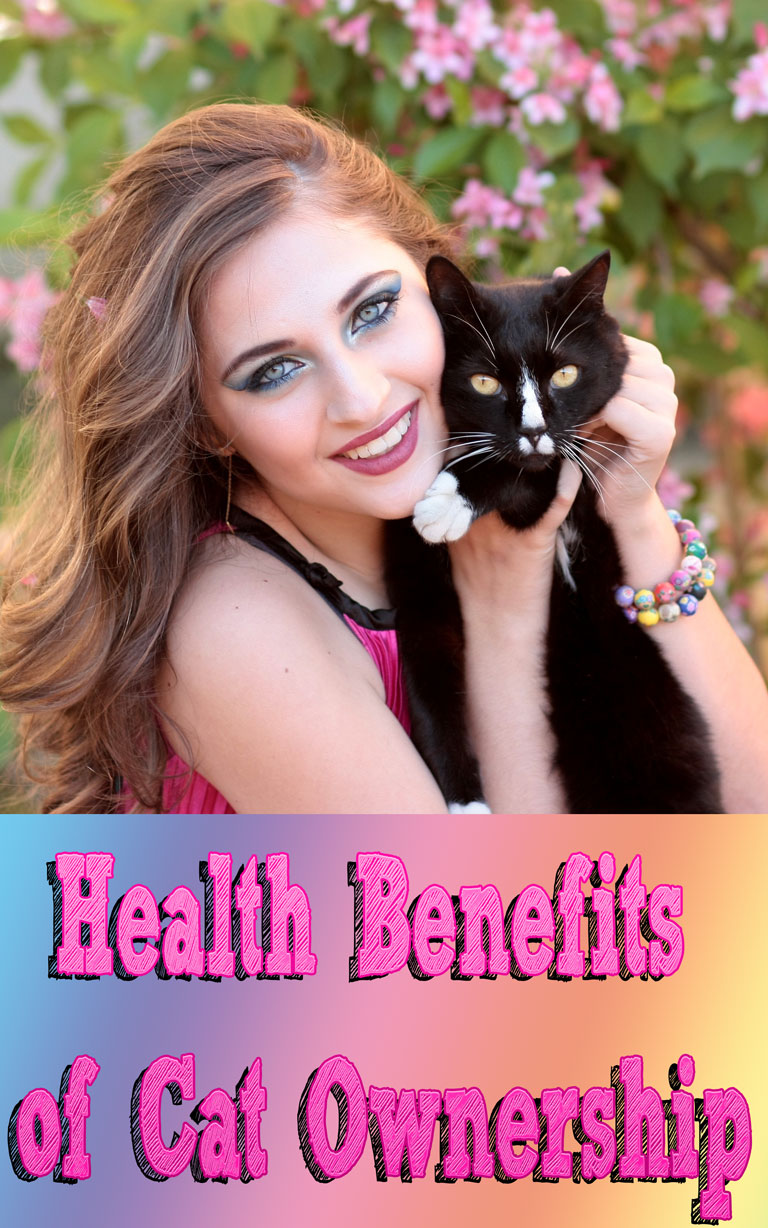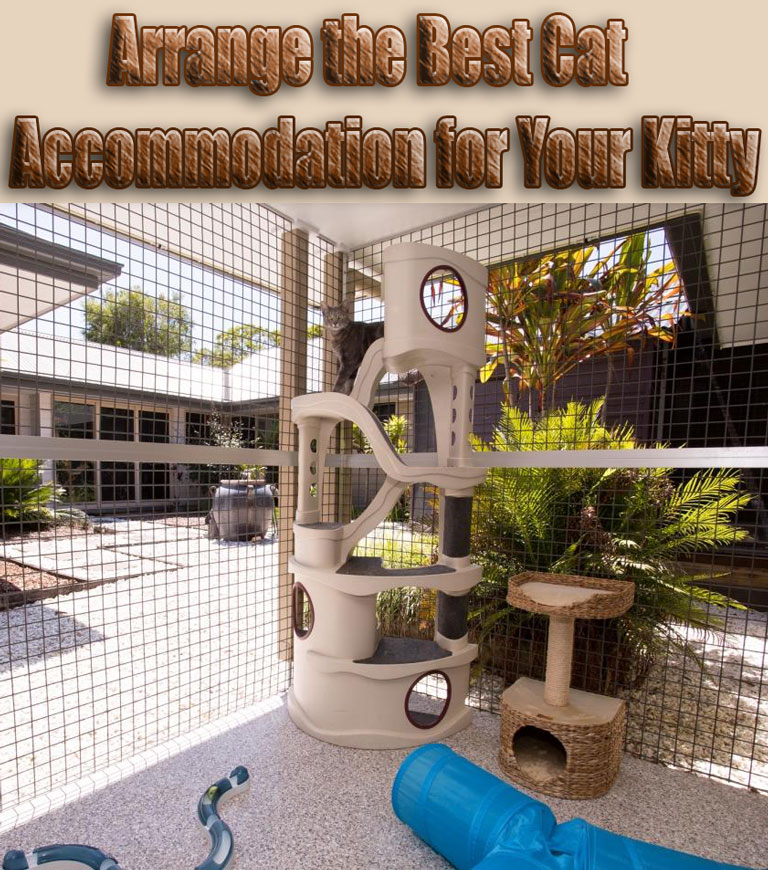
We who love cats want our cats to live as long as possible, since they are members of our family. Although genetics may have an effect on how cats age, there are many things we can do to maximize our cats’ life potential, starting when they first come under our care. After all, when we adopt a cat, we assume the responsibility of giving them the best care possible. Aside from genetics, there are three main building blocks which form the foundation of a cat’s potential life span. A fourth is essential to assure that life span is spent in the highest quality of comfort
- Consistent Veterinary Care
- Nutritious Age-Appropriate Diet
- Responsible Care
- Form a Lifelong Bond
These building blocks will vary somewhat as cats progress from one phase of aging to another. While it was earlier thought that cats go through three basic stages of cat age, It is now acknowledged that they actually develop through six stages:
- Kittenhood is the growth period, which for most cats, lasts about six months. Some breeds, such as the Maine Coon, may not reach their full growth until age two or older.
- Junior, from six months to two years. Though year-old cats may appear to be adults physically, they are still developing mentally and emotionally.
- Prime, from three years to six years As might be expected by the name, cats in their Prime years of three to six years, are in the prime of life
- Mature, from seven to ten years During these years, the first indications of chronic disease can show up, such as feline diabetes, arthritis, or heart disease.
- Senior, from eleven to fourteen years. This would correspond to humans aged 60 and older.
- Geriatric Cats – From Fifteen to Twenty-one and Older
Cat Age and Veterinary Care
The importance of working in a partnership with your veterinarian can’t be over-emphasized. Regular veterinary care is the foundation of increasing your cat’s potential life span. All newly-adopted cats of unknown parentage, including kittens, should be immediately examined, tested for feLV, FIV, and, in some cases, FIP. They should be isolated from other family cats until they are cleared of communicable disease. The cats will also be tested for worms, and checked for fleas, and initial vaccines will be given.
- Kittens Vet Care
Kittens will be seen by their vet three or four times during the first year, for follow-up vaccines, and for spay or neuter. - Adult Cats’ Vet Care
During the maintenance years, cats should be seen annually, for well-check and booster vaccines. You should also learn when to take your cat to the vet for suspected illness and emergency treatment. Even cats of seven or eight can develop feline diabetes, arthritis, or become hyperthyroid, so it is critical to learn the symptoms of those diseases. Also, it has become all too common for younger cats to develop urinary tract issues, such as FLUTD, most often brought on by diet. - Senior Cats’ Veterinary Care Plan
All cats 10 years or older should be seen at least twice a year for well-check. If they have any of the chronic diseases common to older cats, your veterinarian will need to see them on a more regular basis. Although dental care is important through all life stages, it is increasingly important during cats’ senior years.

By working closely with our veterinarians, knowing the signs of a healthy cat, and seeking immediate veterinary care when in doubt, we can go a long way toward increasing our cats’ potential lifespan.
Cat Age and Diet
A nutritious, age-specific diet forms the second building block of increasing a cat’s potential life span. Cats instinctively eat the most nutritious food available, and nutritionists use this model toward developing palatable, highly nutritious cat foods as closely aligned as possible to what cats would choose to eat in the wild. In order of nutritional preference, commercial cat foods fall into three categories:
- Raw Diets, Frozen or Freeze-Dried
- Moist (Canned or Packets)
- Dry Cat Food
Cat Age and Responsible Care
While veterinary care and a nutritious diet are essential parts of responsible cat care, four other factors rank high in our responsibility promises:
- Spay and Neuter
There is NO legitimate excuse for failure to spay and neuter our pet cats. Humans bear the full responsibility for the ever-growing population of stray cats on our streets, in alleys, and parks, all mating indiscriminately. Although feral cat colony managers do their best to TNR feral cats, they will never be able to stem the tide until the majority of cat owners do their jobs by spaying and neutering their cats. - Keep Cats Indoors Unless Supervised
This goes hand-in-hand with spay-neutering for obvious reasons. However, there are a dozen other reasons to keep cats safely indoors. - Do. Not. Declaw. Your. Cats.
Declawing hurts! It is a breach of trust. There is no valid excuse for declawing a healthy cat unless medically necessary, such as irreparable damage to a cat’s foot. For every excuse you give I can give you humane alternatives.

Bond With Your Cat
The feline-human bond is one of the most beautiful lifelong relationships I know. We bond with our cats in a number of ways:
- By showing how we love them
- By keeping them happy
- By playing with them
- By giving them special treats
- By Minimizing Their Stress and Anxiety
- By letting them know they are not alone
If you conscientiously follow the four building blocks listed at the top or this article, you will have gone a long way toward ensuring that as your cats age, they will enjoy life to its fullest. They will be well-nourished, healthy, and happy, knowing that they are spending their life with the person they love best in the world. And you can rest secure that you have done all you could possibly do to accomplish that. That’s all we can do, after all.




Leave a Reply